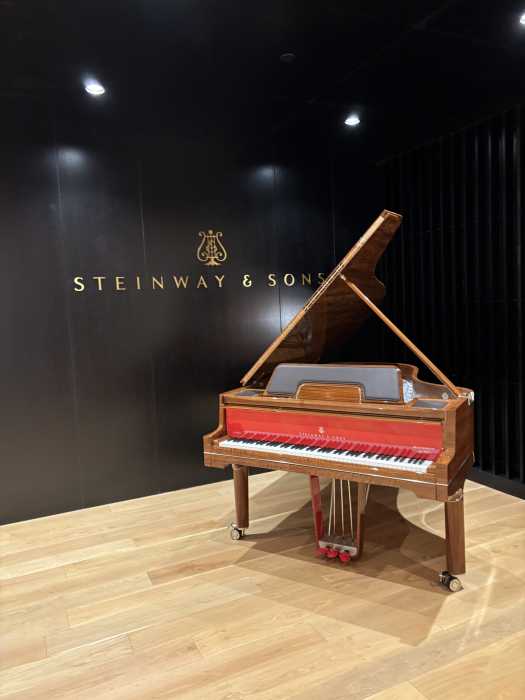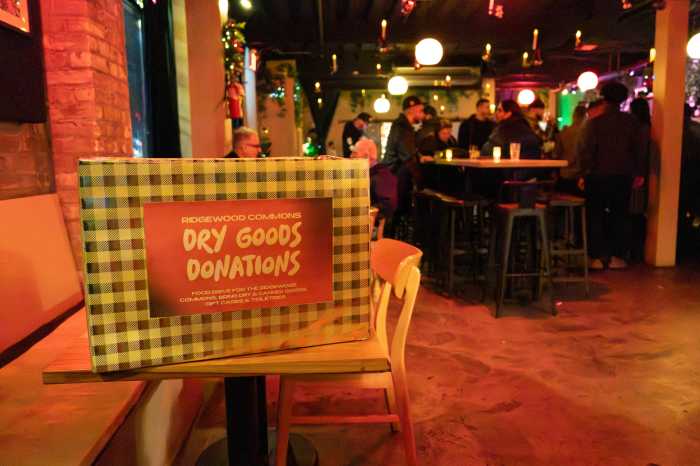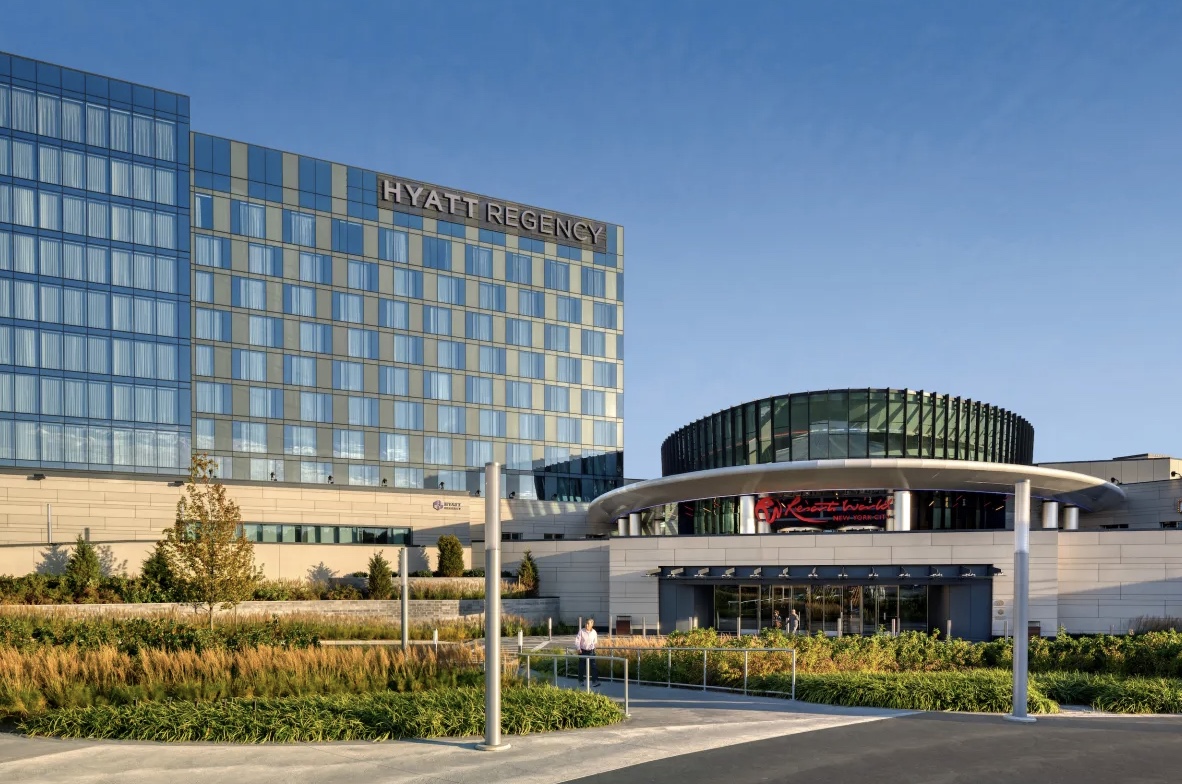Seth Pinsky is the executive vice president and investment manager of RXR Realty’s Metropolitan Emerging Market Strategy. He leads the firm’s efforts to invest in emerging opportunities in New York City and the surrounding Tri-State region, focusing on asset classes and geographic regions that have historically been characterized by underinvestment. Before working at RXR, Pinsky served as president of the New York City Economic Development Corporation in 2008. In this role, he was lead negotiator on behalf of the city for a wide range of projects, including Citifield and the acquisition of Hunters Point South. Pinsky talked with Real Estate Editor Liam La Guerre about RXR’s interest in Queens.
La Guerre: What does RXR Realty think about the borough of Queens?
Pinsky: RXR is a huge believer in Queens. We made a very substantial investment in the Standard Motor Products Building in Long Island City earlier this year and are looking for additional opportunities, not just in Long Island City but throughout the borough.
La Guerre: Why is that?
Pinsky: The reason why we are so bullish on Queens is because we are seeing two simultaneous phenomena, which kind of intersect perfectly in a place like Queens. The two phenomena are as New York becomes more and more competitive internationally, traditional core markets like Midtown Manhattan are becoming more expensive, which is pushing people out into what previously had been peripheral areas. At the same time, changes in people’s lifestyles and the way people want to work are pulling people into diverse, transit accessible, walkable communities with medium to high density.
La Guerre: Which Queens neighborhoods do RXR feel have potential?
Pinsky: We are clearly interested in Long Island City. There is a huge opportunity especially for commercial space as creative businesses are looking for lower cost alternatives to some of the prime Manhattan markets, and also are looking to move closer to some of the reservoirs of talent, like Greenpoint, Williamsburg, Long Island City itself, and Astoria. In addition, we are looking at places like the Rockaways, communities like Forest Hills, Flushing and Jamaica. So we are really looking across the length and breadth of the borough.
La Guerre: I’m really surprised to hear the Rockaways, because I really haven’t heard much movement there, except Sandy-related build-backs. So why the Rockaways?
Pinsky: We’re raising a significant fund that is focused on what we are referring to as emerging submarkets. And these are areas that for one reason or another been out of favor with the market for some time, but which have good infrastructure, proximity to population and jobs, and good lifestyle elements. And the Rockaways kind of meet that definition perfectly.
La Guerre: There is lots of interest in conversion of old buildings for office and commercial space following the residential boom in Long Island City and Astoria. But there is a lack of new commercial developments, why is that?
Pinsky: I think there is without a doubt a need for new development of that kind of space in the city, and I think there is a market for it. The real challenge though that the development community faces is that land tends to trade at residential values. And it’s almost impossible to make a commercial development project work if you’re buying land for residential values. In addition to that, while the de Blasio administration should clearly be applauded for their efforts in developing affordable housing, the signal that’s being sent to the market is that there is a strong preference for residential development. So even in areas that aren’t zoned for residential development, land in those areas is trading around residential values because there is an assumption among some that much of the commercially zoned land in the city is going to be rezoned to allow the construction of housing. So that’s really the major obstacle to new commercial development in the city generally and Queens especially.
La Guerre: What’s your favorite Queens development at the moment?
Pinsky: In a borough as diverse and with as much potential as Queens, it’s hard to pick a favorite project. It’s just an exciting time for an amazing place.
RECOMMENDED STORIES
- See it: Remodeled Elmhurst co-op The Continental Park selling fast
- Brooklyn film studio Broadway Stages buys Glendale industrial park for $19.5M
- Construction of 12-story Astoria residential building set to begin





































